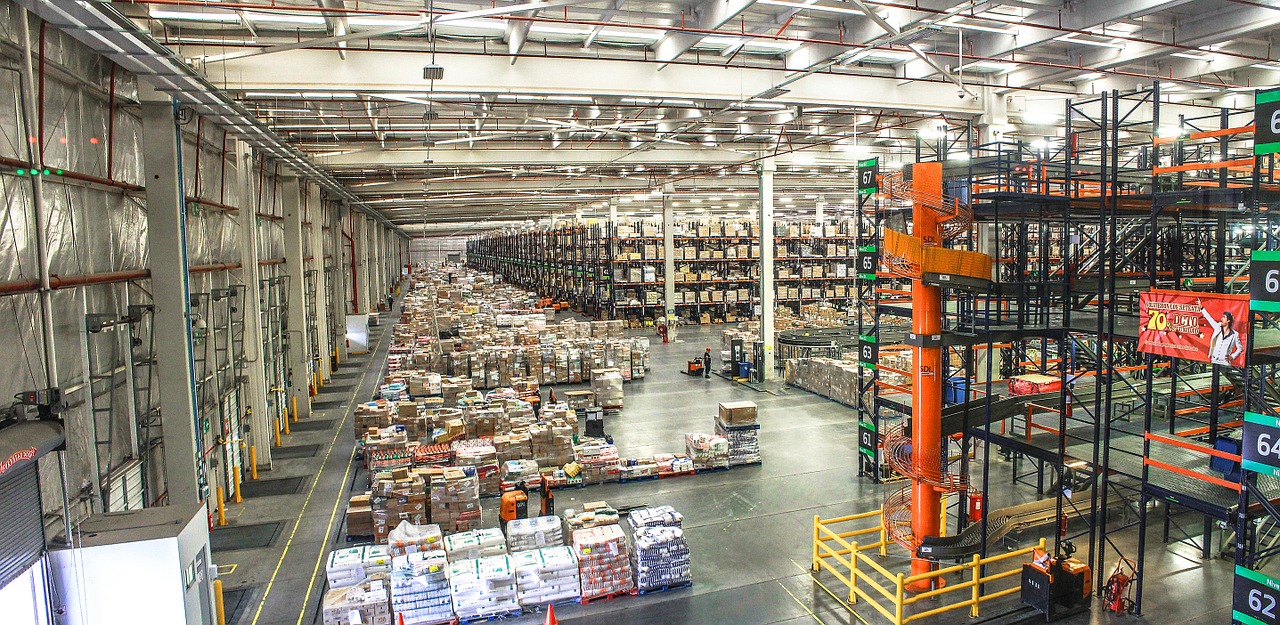In the intricate web of commerce, the terms “order fulfillment” and “supply chain” are frequently used, often interchangeably, leading to confusion regarding their distinct roles and functionalities. As businesses strive to streamline their operations and enhance efficiency, it becomes imperative to unravel the nuances that set these two concepts apart. This exploration aims to shed …
In the ever-evolving landscape of commerce, the Direct-to-Consumer (DTC) model has emerged as a transformative force, reshaping how businesses connect with their audience. The DTC approach represents a departure from traditional distribution channels, empowering companies to forge direct relationships with consumers. This paradigm shift has been fueled by advancements in technology, e-commerce, and changing consumer …
In the dynamic landscape of e-commerce and retail, businesses are constantly seeking strategies to enhance their financial performance. One key metric that holds significant importance is the Average Order Value (AOV). A high AOV not only signifies increased revenue but also reflects a business’s ability to maximize customer transactions. In this guide, we will delve …
Inventory analysis plays a pivotal role in the efficient management of resources within a business, serving as a critical component in the overall supply chain strategy. Understanding and effectively analyzing inventory is essential for organizations seeking to optimize operational processes, reduce costs, and enhance customer satisfaction. In this exploration, we delve into the fundamental concepts, …
Navigating the intricate world of warehouse management requires precision and strategic planning. One fundamental aspect that significantly influences efficiency is the concept of “Warehouse Slotting.” In essence, warehouse slotting involves the deliberate organization and assignment of storage locations for products within a warehouse, optimizing the utilization of space and streamlining operational processes. This exploration delves …
In the dynamic landscape of business operations, maintaining a precise record of available goods is essential for efficiency and success. This is where an “inventory form” becomes a pivotal tool. But what exactly is an inventory form? This inquiry sets the stage for understanding the significance of systematically tracking and managing stock. In this exploration, …
In the realm of data analysis and statistical exploration, understanding the distribution of data is paramount for uncovering patterns, trends, and outliers. Tracking key distribution metrics empowers analysts and decision-makers to derive meaningful insights, make informed decisions, and assess the reliability of datasets. This compilation delves into the “10 Top Distribution Metrics to Start Tracking,” …
In the dynamic landscape of modern business operations, optimizing efficiency and minimizing costs are perpetual objectives. One strategy that has gained prominence in this pursuit is the implementation of Just-In-Time (JIT) inventory management. JIT is a method designed to synchronize production processes with customer demand, aiming to minimize inventory levels and associated holding costs. In …
In the rapidly evolving landscape of e-commerce, the backbone of successful online businesses lies in their technology stack. The E-commerce Technology Stack is a comprehensive amalgamation of software, tools, and technologies that collectively empower businesses to build, manage, and optimize their online presence. This delves into the essentials of the E-commerce Technology Stack, offering a …
The utilization of Regional Distribution Centers (RDCs) in modern supply chain management has become a strategic imperative, offering both advantages and disadvantages for businesses navigating the complexities of distribution logistics. This exploration delves into the five key advantages and disadvantages of Regional Distribution Centre delivery, shedding light on the multifaceted considerations that influence the decision-making …









